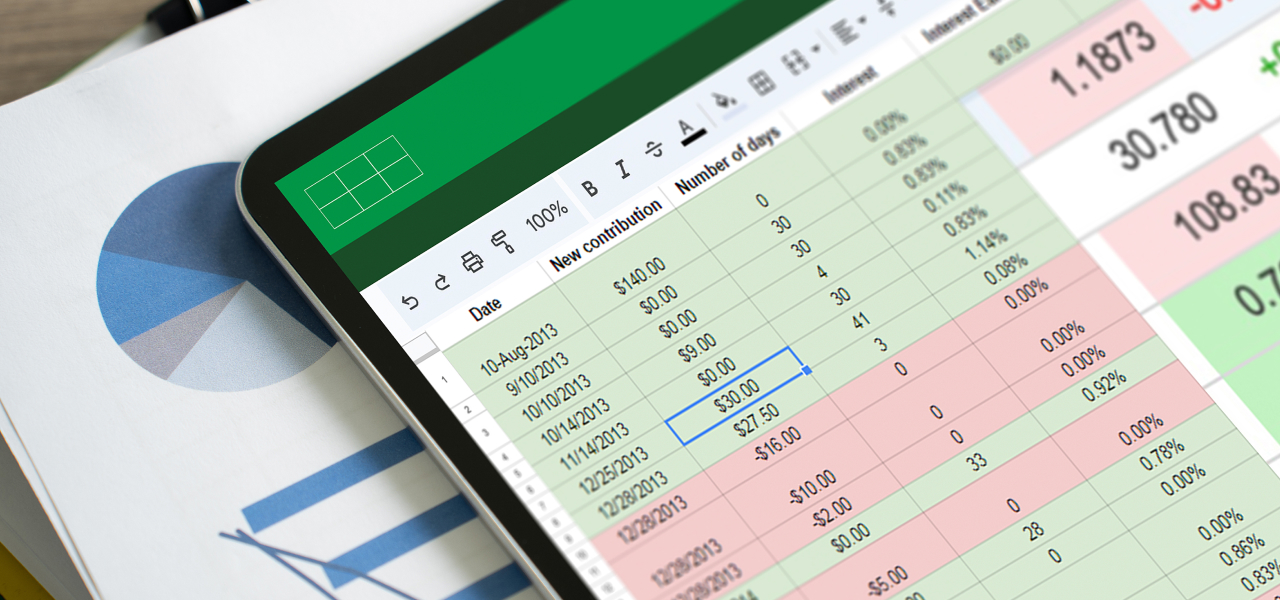On February 12, 2020, the Dow Jones Industrial Average (DJIA) reached a record high of 29,551. By March 23rd – a mere 27 trading days later – it had plummeted nearly 11,000 points.
Investors relying on month-end or even weekly reports to make reallocation decisions and hedge risk were already too late. By the time they reacted to the 37% decline, the market had changed course and was on the rise.
Timely client reporting in asset management has always been important for decision making, but in a volatile market, the need for speed is ever-more critical. To respond quickly to market gyrations, client reporting must move from “a delivery mechanism for historical information distributed on a periodic basis” to a “just in time” (on-demand) continuous reporting model, according to FactSet, a financial data and software company.
This is often easier said than done. Going beyond simply churning out spreadsheets of data points requires reporting solutions that can pull together disparate information from different systems to provide a single consolidated source of investment truth, which is more complicated.
Family offices, private equity firms, hedge funds and fund administrators that use spreadsheets or generalist accounting systems cannot aggregate information quickly enough when it is needed most. These solutions are not integrated so they don’t talk to each other, and are not designed to handle the complexity of today’s investments – all of which hinders the ability to deliver comprehensive, real-time reports.
Factors Driving Change
Client reporting is nothing new; it has always been part and parcel of every asset manager’s service offering. What is changing is how asset managers think about and deliver client reports.
Flexible, timely reporting has proven to be a competitive advantage. It encourages customer engagement, fosters stronger relationships through higher satisfaction, provides scalability and helps attracts new business. In other words, client reporting is evolving from a baseline service to a powerful, proactive business enabler.
Following are five key coalescing factors driving this change. We believe they will have the greatest impact on the future of client reporting.
Market dynamics
Low interest rates have intensified the hunt for alpha, amping up interest in a wider range of asset classes, including cryptocurrencies and special purpose acquisition companies (SPACs). The search for greater returns is also pushing investors to think globally by seeking out opportunities in established and emerging economies around the world.
In fact, interest in international investments rose to 36% in Q1 2021 (up from 27%) among millionaire investors. To support multicurrency global investments and complex alternative asset classes, firms will need to replace legacy technology with purpose-built accounting and reporting solutions.
Increased competition
There is nothing like the dog-eat-dog world of competition to compel firms to rethink their products and services. Direct private investment by family offices is on the rise, encroaching on the toes of private equity firms. In Asia, private equity firms are feeling the pinch from hedge funds, which are pouring hundreds of millions of dollars into private investments.
The competitive nature of the business is also exerting a downward pressure on fees. To survive, firms need to be operationally efficient. To grow, they need to innovate. Unified accounting solutions with integrated reporting are the winning ticket in both respects.
Changing demographics
Today’s asset managers serve clients that are more demanding, more diverse and that invest in more complex options like alternatives, according to a white paper on technology by Deloitte. They are also younger.
The largest transfer of wealth in history is already under way as aging baby boomers pass down an estimated $68 trillion to their Generation X and millennial children. This new breed of young, wealthy, tech savvy investors is expected to have an outsize impact on the industry, reshaping expectations for everything from client service to reporting. Asset managers that want to stay relevant with this influential demographic must be able to provide ‘instant gratification’ in the way of 24×7 web and mobile-based access and flexible, comprehensive on-the-fly reporting that can easily be tailored to specific needs.
Advanced technology
Asset management firms, and family offices in particular, have been slower to embrace new technology than other financial sectors, preferring instead to cobble together time-consuming workarounds using spreadsheets. But this approach is fraying at the seams – spreadsheets are error-prone and do not scale well. They are also decisively old-hat. Client expectations have changed, but technology hasn’t kept pace. Using legacy systems impacts client satisfaction, client retention and business growth as well as drags down operational efficiency.
Regulatory oversight
Clients are demanding greater transparency in response to evolving tax policy and business regulations. With regulatory agencies taking a fine-tuned microscope to newer investment classes, asset managers must be prepared to provide more transparency, such as drill down capabilities to view underlying data, to help clients respond to more stringent regulatory scrutiny.
The Future is Now
It is clear that a transformation is taking place in asset management. Client service stands to be the great differentiator. Accurate, real-time, comprehensive reporting is the ticket to deliver this competitive advantage.
Firms that implement a “fit-for-purpose” accounting solution with an integrated, real-time general ledger will be better positioned to respond to the drivers that are changing the face of asset management. Incorporating visualization, analytics, business intelligence tools and other applications, will take customer service – and reporting – to a whole new level.
FundCount’s unified solution brings together investment and investor accounting, general ledger and reporting on one platform. As such, it provides a single source of investment truth that improves operational efficiency and delivers immediate actionable intelligence for more informed decisions. Fill in the form below to learn more about FundCount solutions.







